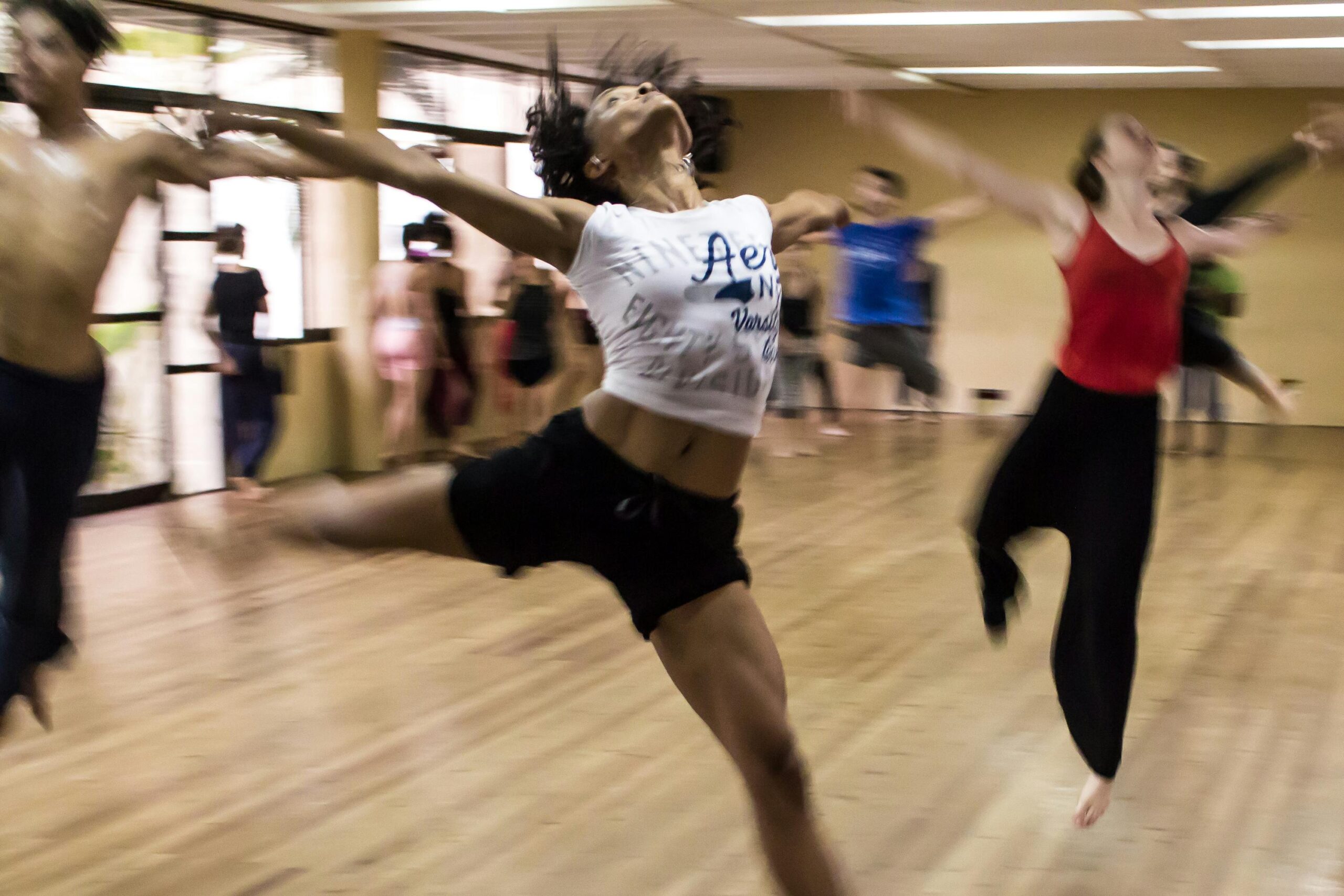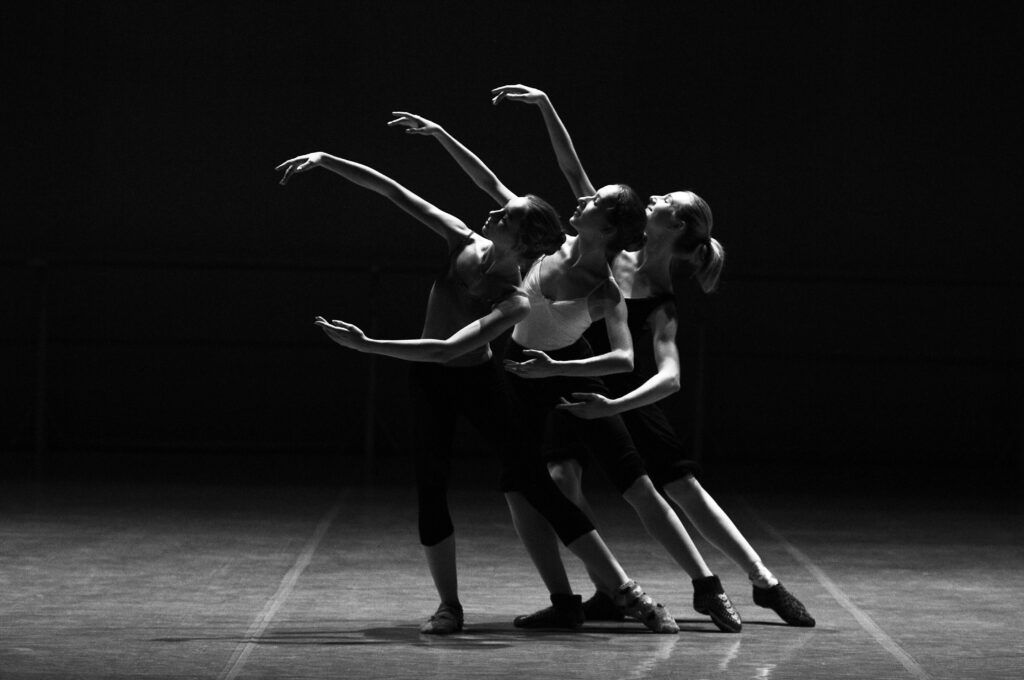
Dance is a sport which requires many different skills and abilities. Dancers usually need to work on stamina, balance, flexibility and strength. The length of timing dancers train and rehearse varies but it can be from 6 to 8 hours per day. Many dancers may reduce the calories they consume in order to lose weight, especially before a competition or a premiere, so they can look leaner. For sure all the macro-nutrients and micro-nutrients are required so that a dancer can improve her/his performance and maintain health.
Let’s see some important nutrition tips, which will benefit a dancer…
1. Make sure that you consume enough protein…
Protein is required to help dancers build strong muscles, ligaments and bones, as well as it helps with muscle repair and recovery (1). Ideally, as a dancer you should consume 1.2 to 1.7 g of protein per kg of body weight per day (1), which equals to about 66-93 g of protein per day for a dancer who is about 55 kg.
Similarly to most of the athletes, dancers need to focus on the meals post exercise, as these are the ones which will help them replace muscle glycogen and have speed recovery (1). Aim to have foods such as milk or yogurt with fruits and nuts, cheese or chicken with pasta or rice, an omelette with veggies, fish or seafood with rice and legumes (lentils, chickpeas, beans) with quinoa and seeds.

2. Drink enough water!
Keeping well hydrated before you start training and during your session is massively important. Try to drink enough water at least 1-3 hours before your session starts and as you approach close to the starting time, try to drink smaller amounts of water. During the session try to sip a bit of water every 20 min – what is usually recommended is 150 to 350 ml- (1), but of course this can vary and it depends on the intensity of the training (1).
After the session, make sure that you drink again especially if the session was tough. Not drinking enough may have negative effects on your performance, won’t help you to think clearly, concentrate well, won’t help you memorize a choreography or do the required lifts.
It is also important not to overhydrate, as it can lead to temporary weight gain (1). Moreover, 20-30 mEq/L of sodium and 2 to 5 mEq/L of potassium is usually recommended during specific circumstances e.g. after intensive trainings and when sweat loss is high (2). Electrolytes may be required mainly from professional dancers, but this can also vary.

3. Consume calcium rich products.
Dancers usually are at risk of micronutrient deficiencies (1), as they usually restrict the calories they consume. Thus, that’s one more reason why, you need to follow a balanced nutrition plan which contains a variety of fruits, veggies, salads, nuts and seeds.
The female athlete triad (disordered eating, amenorrhoea and osteoporosis) is well recognized in this kind of sports (3). This means that dancers may have low energy availability due to not eating enough complete meals during the day, menstrual dysfunctions due to the unbalanced eating patterns and the deficiencies these diet patterns create. All these can also lead to low bone density. Thus, calcium is one of the micronutrients which will benefit this athletic population. Foods which are good sources of calcium are milk, yogurt, cheese, nuts and seeds, kale, fish like sardines and salmon and tofu. Make sure that you add these foods into your diet and try to consume them on a daily basis.
Other nutrients, which will benefit a dancer are vitamin D and iron. It important to do the required blood checkups, so that your GP can let you in the case of a deficiency. Multi-vitamins seem to benefit the dancers as well (1), especially when they struggle to follow a balanced diet pattern.

4. Do not be scared of CHOs!
“Carbophobia” or otherwise known the low carbohydrate diet craze (4), is the term which describes the intensive avoidance of carbohydrates (CHOs). When someone “suffers from” carbophobia, she/he does not consume CHOs as she/he is scared that she/he will gain weight from them. CHOs are the most important energy source -the primary macronutrient- which are required to improve performance (5) and should definitely be consumed with every meal you consume daily. 3 to 5 g per kg of body weight per day is usually required for dancers (1, 6), and this equals to 165 -275 g of CHO per day for a 55 kg dancer.
Keep in mind, that by removing CHOs from your diet you will definitely have reduced energy levels and performance. Additionally, it will affect other aspects of your life and will add up to your stress levels daily.
5. Try to focus on having good gut health
Having a good digestion, before, during and after performance is massively important. Every dancer should try to check which foods she/he will digest better and with which foods she/ he has a better performance. Moreover, she/he needs to find out for herself/himself the foods which bring her/him satiation and no bloating.
Good digestion will help the dancer to have an overall good performance during training and competition. To achieve this, you need to have a specific schedule, not to over eat or not to under eat, and this will also help you have more balanced blood sugar levels. A specific nutrition routine will help you achieve the required results.

6. Enjoy the foods you like even if they are not that healthy!
By restricting to yourself the foods you really like, this will make you want them more. Thus, try not to separate foods in bad and good foods and try to have a variety of foods daily, and just do not overdo it with the processed foods. Overall, try to enjoy all foods, follow a balanced meal plan and adjust it a bit when it’s required. Eating mindfully, will definitely help you reduce cravings and at the same time will help you have better digestion.
Dancers receive lots of pressure to sustain a low body fat percentage and low body weight (1), thus it is massively important to follow dietary advice from registered sports nutritionists as well as psychological advice from registered psychologists. Having a good relationship with food, will definitely help you have the best performance you can!
This article was written by the founder of amvnutrition.com, Anna-Maria, who is a registered sports nutritionist (practitioner registrant, SENr, BDA, INDI) and a sports scientist (EIMGreece). Anna-Maria has worked with a variety of different athletes and active individuals, she is an excellent communicator and she always finds appropriate and comforting ways to helps each individual she works with. You can see more of Anna-Maria’s background here.
References
- Sousa, M., Carvalho, P., Moreira, P., Teixeira, V. (2013). Nutrition and Nutritional Issues for Dancers. Medical problems of performing artists, 28 (3), 119-23. DOI: 10.21091/mppa.2013.3025.
- American College of Sports Medicine, Sawka, M. N., Burke, L. M., Eichner, E. R., Maughan, R. J, Montain, S. J., Stachenfeld, N. S. (2007). American College of Sports Medicine position stand. Exercise and fluid replacement. Med Sci Sports Exerc, 39 (2) :377-90. doi: 10.1249/mss.0b013e31802ca597. PMID: 17277604.
- Koutedakis, Y. and Jamurtas, A. (2004). The dancer as a performing athlete: physiological considerations. Sports Med, 34 (10) :651-61. doi: 10.2165/00007256-200434100-00003. PMID: 15335242.
- Berry, J., (2003). Carbophobia: The Dieting Public’s Obsessions with Carbohydrates and the U.S. Government’s Response. LEDA at Harvard Law School, HLS Student Papers. http://nrs.harvard.edu/urn-3:HUL.InstRepos:9414570
- Kanter M. (2018). High-Quality Carbohydrates and Physical Performance: Expert Panel Report. Nutr Today, 53 (1), 35-39. doi: 10.1097/NT.0000000000000238. Epub 2017 Oct 21. PMID: 29449746; PMCID: PMC5794245.
- Burke L., (2007). Practical Sports Nutrition. Belconnen, Human Kinetics.
Anna-Maria Volanaki



